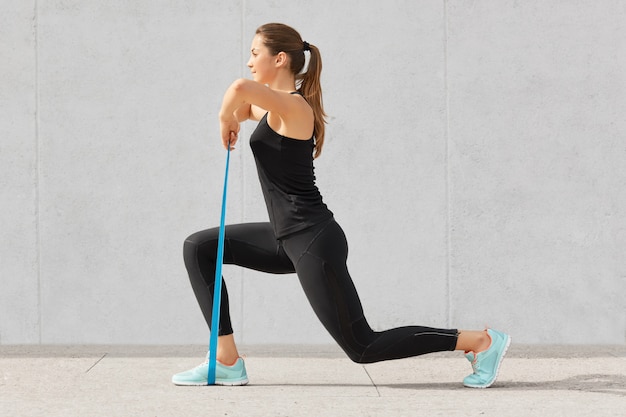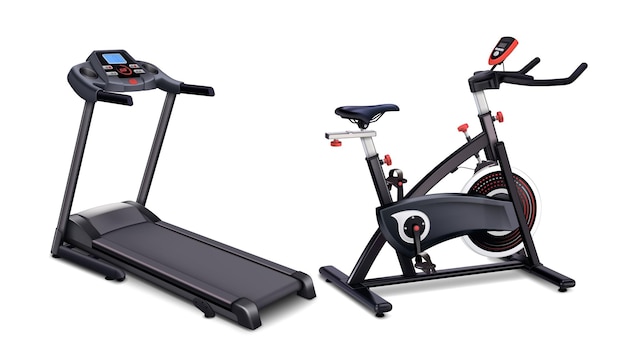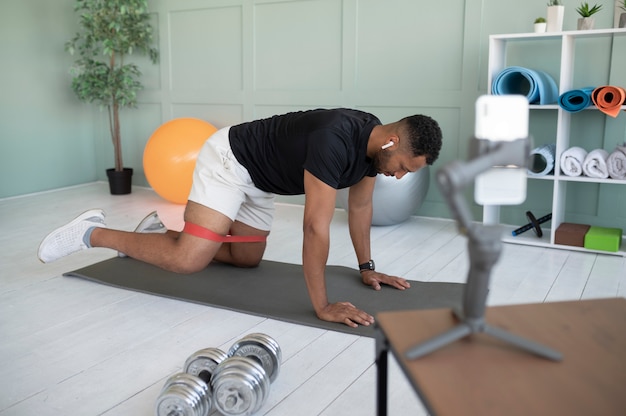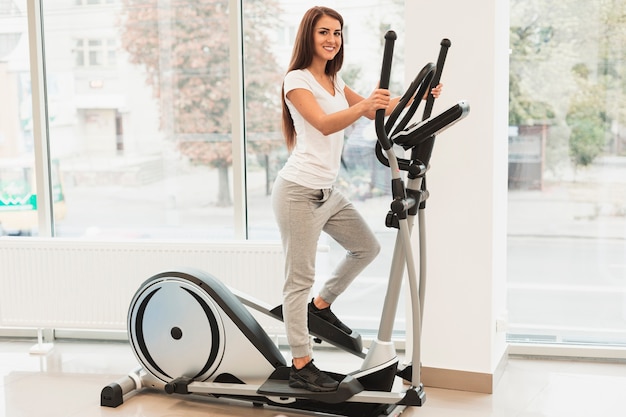Discover how targeted workouts with the right equipment can improve insulin sensitivity, reduce inflammation, and support hormonal balance in PCOS.
Polycystic Ovary Syndrome (PCOS) affects millions of women worldwide, often leading to insulin resistance, weight gain, hormonal imbalances, and increased risk of metabolic disorders. While medical treatment is essential, lifestyle interventions—especially exercise—are powerful tools in managing symptoms. The right fitness equipment, used with proper form and consistency, can significantly enhance these efforts.
This guide delivers 7 evidence-based equipment tips tailored for PCOS management. Each includes coach-style pointers, form notes, and easy modifications to suit all fitness levels—ensuring you stay safe, motivated, and effective in your routine.

Why it works: Resistance training improves insulin sensitivity, a key factor in PCOS. Bands offer scalable resistance with minimal joint impact—ideal for beginners or those with mobility concerns.
Coach tip: Focus on compound movements like banded squats, glute bridges, and lateral walks to activate large muscle groups and boost metabolic rate.
Form note: Keep your core engaged and spine neutral. Avoid snapping the band—control the tension throughout the movement.
Modification: Use lighter bands or shorten the band length for more support. Anchor to a sturdy post if standing exercises are challenging.

Why it works: Strength training 2–3 times per week has been shown to reduce testosterone levels and improve menstrual regularity in women with PCOS.
Coach tip: Use a circuit format—pair upper and lower body exercises (e.g., goblet squats + shoulder press) to keep heart rate elevated and save time.
Form note: Maintain a braced core during lifts. Start with lighter weights to master technique before increasing load.
Modification: Substitute dumbbells with water bottles or canned goods if equipment isn’t available.
Why it works: Chronic inflammation is common in PCOS. Foam rolling helps release muscle tension, improve circulation, and support recovery—key for consistent exercise adherence.
Coach tip: Spend 5–10 minutes post-workout on major muscle groups: quads, hamstrings, glutes, and upper back.
Form note: Roll slowly—about 1 inch per second. Pause on tender spots for 20–30 seconds to allow tissue release.
Modification: Use a softer roller or a tennis ball for sensitive areas.

Why it works: Aerobic exercise improves glucose uptake and reduces insulin resistance. Cycling is joint-friendly and sustainable for long-term use.
Coach tip: Aim for 30 minutes, 3–5 times per week. Add intervals (1 min hard, 2 min easy) to boost metabolic benefits.
Form note: Adjust seat height so your knee is slightly bent at the bottom of the pedal stroke to avoid strain.
Modification: Pedal seated or standing. Reduce resistance and duration if fatigued or new to exercise.
Why it works: Stress exacerbates PCOS symptoms by increasing cortisol. Yoga and core stability exercises reduce stress and improve body awareness.
Coach tip: Combine gentle yoga flows with stability ball exercises (e.g., ball bridges, planks) to build core strength and calm the nervous system.
Form note: Keep movements slow and controlled. Breathe deeply through each exercise.
Modification: Use a wall for balance during standing poses or reduce ball size for better control.
Why it works: Exercising in the right heart rate zone (50–70% of max) maximizes fat burning and cardiovascular benefits without overtraining.
Coach tip: Use your monitor during cardio sessions to stay in the ‘fat-burning’ or ‘aerobic’ zone. Avoid consistently high-intensity workouts, which can spike cortisol.
Form note: Pair with perceived exertion—your breathing should allow short sentences, not full paragraphs.
Modification: Use the ‘talk test’ if no monitor is available: you should be able to speak comfortably during moderate exercise.

Why it works: Step training builds leg strength, improves balance, and increases calorie expenditure—supporting weight management in PCOS.
Coach tip: Perform step-ups, knee lifts, or plyometric jumps (if joints allow) for 20–30 minutes, 2–3 times per week.
Form note: Lead with the heel, engage glutes, and avoid pushing off the back foot.
Modification: Use a lower step (4–6 inches) or perform without arms for stability.
Managing PCOS isn’t about extreme workouts or restrictive routines. It’s about sustainable, evidence-based movement that supports hormonal balance, metabolic health, and emotional well-being. The right equipment makes it easier to stay consistent—regardless of fitness level or time constraints.
Start with one or two tools that fit your lifestyle. Focus on form, listen to your body, and celebrate small wins. Over time, these habits compound into meaningful improvements in PCOS symptoms and overall quality of life.

Wellness

Wellness

Wellness

Wellness

Fitness

Fitness

Wellness

Fitness

Fitness

Health

Fitness

Fitness

Health

Fitness

Health

Health